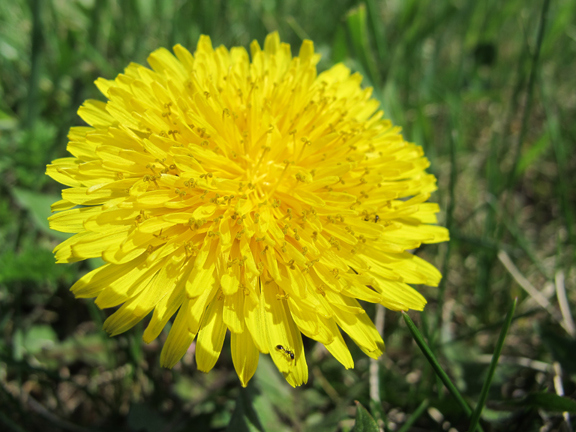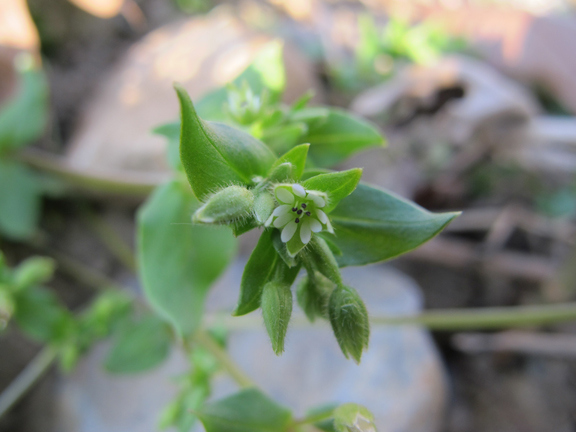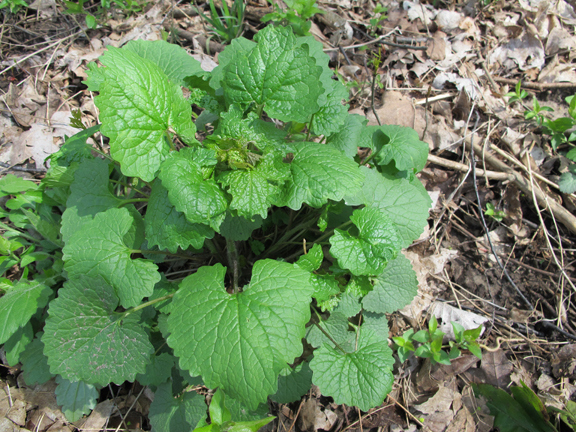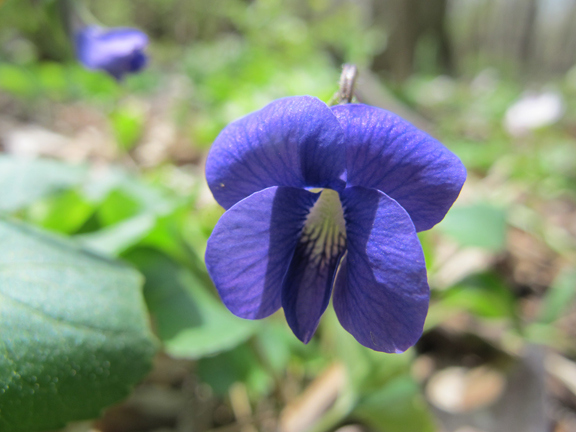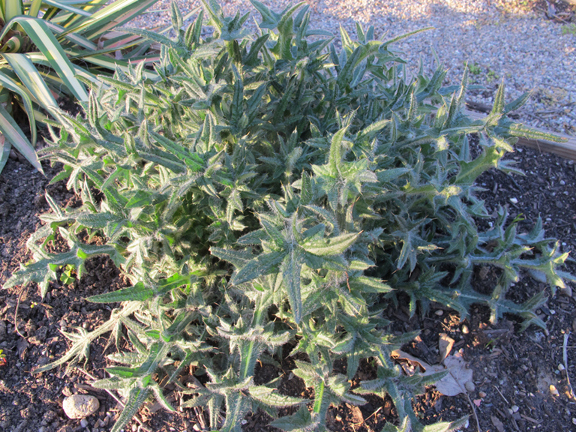If given the choice of eating naturally grown veggies or those that have been unnaturally genetically modified to withstand massive doses of pesticides, I think any rationally minded human would go the natural route. The proponents of GMO foods are fighting against GMO labels on food products for that very reason – they know people don’t want to put that crap in their body.
I wonder what new disease, condition or allergy will surface this week? As the human body adapts to ingesting and absorbing more chemical products and GMO foods than ever before, cancer continues to skyrocket and new wacky conditions rear their ugly face in the children of a chemical- and GMO-induced generation.
So where is a good place to look for chemical-free and GMO-free fresh veggies this time of year? Your back yard!
Information is power. Not only could wild edible plants help to save your life in a survival scenario, but they can also be used to supplement meals at home, involve the whole family in hunting and gathering exercises and reduce the weekly food budget.
Below are five very common wild edible plants that are easy to identify and easy to gather. And, they won’t wage war against your body.
Dandelion: Taraxum officinale
I’ve never met someone who can’t positively ID dandelion. This common weed is one of my favorite wild edible plants of all time. It is also incredibly versatile. The blooms, buds, leaves and roots are all edible. The blooms and buds are best when batter fried. The greens are excellent prepared as a potherb like spinach but also make a welcome addition to any fresh salad. They sell for several dollars a pound at a local organic food store. Don’t you dare buy them! The older leaves can be bitter, so the young spring greens make better salads. The roots can be peeled, sliced and cooked like boiled carrots. Unless you treat your yard with weed killers or live in the desert, you’ll have no problem gathering dandelions in spring and summer.
For more photos of this GMO-free food visit WillowHavenOutdoor.com/dandelion.
Chickweed: Stellaria media
Chickweed is a delicious wild edible green. Sailors used to store in on ships to supplement their diets to prevent scurvy because it’s rich in vitamin C. The leaves and stems are the edible bits. They can be added raw to salads but are also delicious when added to stir fries and pasta dishes. Chickweed loves backyards. Find it along fence rows, rocks and concrete walls. It grows low to the ground in dense mats. The stems can sometimes have a reddish hue and it grows one thin line of ‘hair’ down each stem. Chickweed sap is clear.
For more photos of this GMO-free food visit WillowHavenOutdoor.com/wild-edible-chickweed.
Garlic mustard: Alliaria petiolata
Garlic mustard is an invasive weed and prevalent in much of the United States. It is a biennial flowering plant, which means it grows two years. The first year it grows as a low forming rosette of leaves and stems. The second year it grows tall (3-4 feet) and blooms. The leaves are edible both years and make excellent flavor additions to a variety of dishes. It has a heavy garlic taste and flavors other cooked greens and soups very well. It has heart-shaped, deeply veined leaves. It also has an amazing ability to photosynthesize even in very cold temperatures. Garlic mustard is one of the first wild edibles to pop up in the spring and can even be found in mild winter months.
For more photos of this GMO-free food visit WillowHavenOutdoor.com/wild-edible-garlic-mustard.
Wild violet: Viola species
Want to make any fresh salad or dessert look really fancy? Add in some wild purple violet blooms. They even have a sweet floral flavor. The blooms brushed with egg white and dusted in sugar are as good as any candy I’ve ever had. The heart shaped leaves are edible as well and can be added raw to fresh salads. Wild Violets love to grow in slightly sunny and moist wooded areas, but I’ve found them right in the middle of my lawn before as well.
For more photos of this GMO–free food visit WillowHavenOutdoor.com/wild-edible-wild-violets.
Wild bull thistle: Cirsium species
The bull thistle may look like a formidable foe, but in fact is one of the most substantial wild edibles available. Like Garlic mustard, it is a biennial plant. The first year produces a big round rosette of prickly toothed leaves. A tall stalk grows the second year and is adorned with purple puffer-fish looking blooms. In this second year I call the Bull Thistle “the cactus of the Midwest” because it is protecting a vital resource – water. The thick juicy core of the Bull Thistle is not only edible, but also lush with water. It has been called “survival celery” because of its texture and refreshing fluids. The root becomes too hard and fibrous during the second year growth but is an excellent root vegetable during the first year – especially in spring and fall when the large tap root is packed with nutrients. Cook it like a potato or parsnip – boiled, baked or fried. It is one of the rare wild edible plants with enough substance to be filling and serve as a full survival meal.
For more photos of this GMO-free food visit WillowHavenOutdoor.com/wild-edible-bull-thistle.
The knowledge to identify, gather and prepare wild edible plants is not only a fun hobby, but also a step toward food independence. Being 100-percent dependent on someone else for 100-percent of your food is 100-percent insane.
Remember, it’s not IF but WHEN.
by Creek

